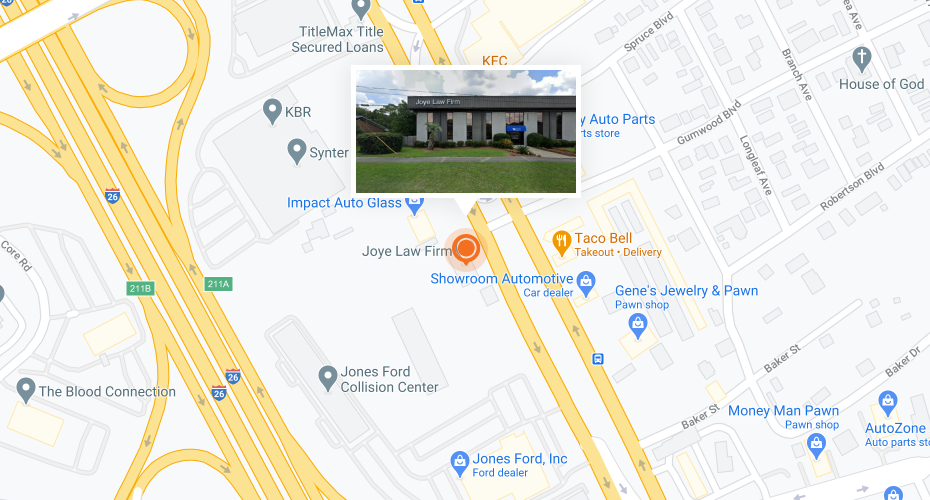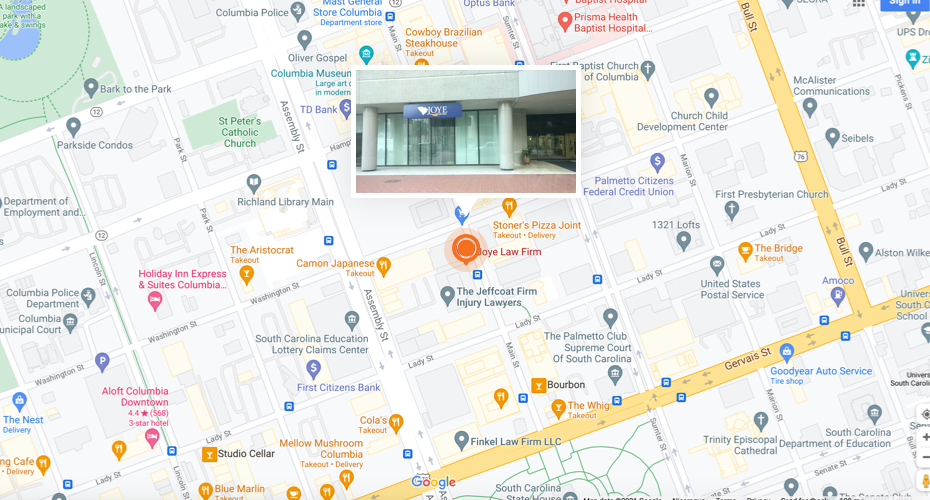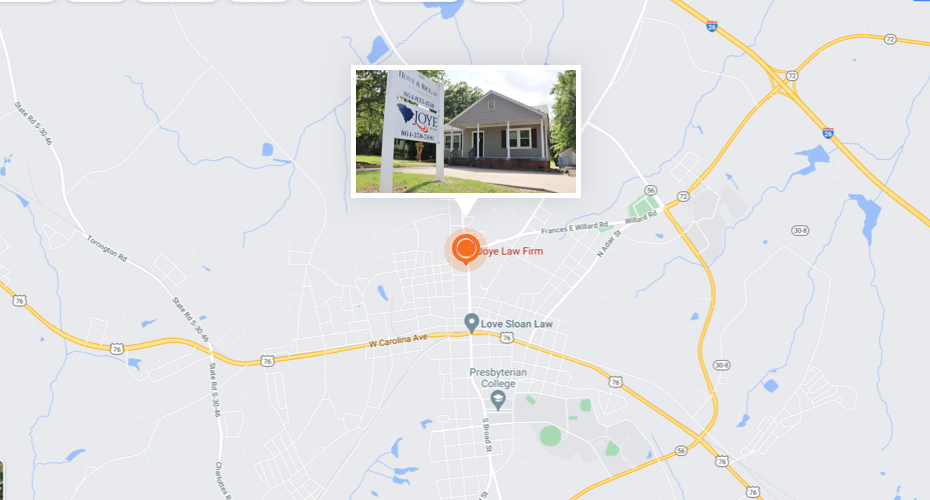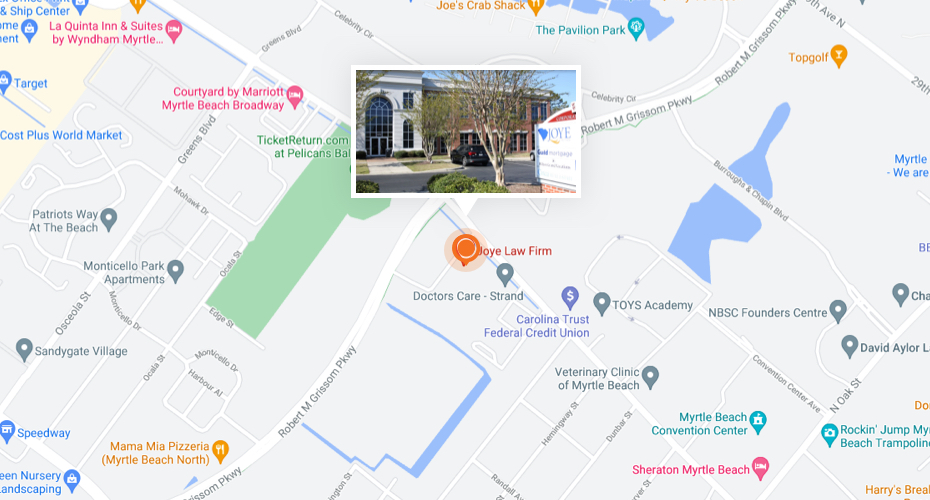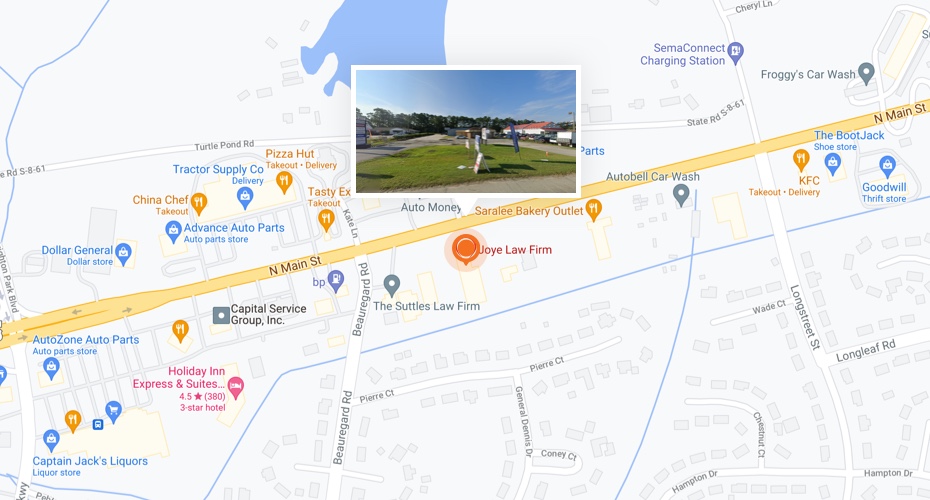
Fire is relatively rare in car accidents, but when it does occur, the resulting burn injuries are often severe if not deadly. In 2010, fires occurred in only 0.1 percent of vehicles involved in traffic crashes in the U.S., according to the national Fatality Analysis Reporting System (FARS). However, fire was involved in 2.8 percent of fatal crashes.
Thermal burn injuries – burns resulting from external heat sources such as fire, hot metal, steam or scalding liquids – can cause deep tissue damage. Recovery may mean years of expensive treatment. Severe burns can prevent a victim from ever working for a living again.
The National Highway Traffic Safety Administration (NHTSA) adopted standards in the 1970s that limit the amount of allowable fuel spillage from motor vehicles’ fuel systems during and after being subjected to frontal, rear or side impacts. When fire occurs in a car accident, it is often important to determine why the fuel-containment systems failed and what caused the fire.
Our South Carolina burn injury attorneys at Joye Law Firm can work with experts to investigate what caused the fire in your car accident case. If you have suffered a burn injury in a motor vehicle accident caused by someone else’s negligent, careless or reckless act, you could be entitled to compensation for the physical and emotional pain caused by the injury. You may also be entitled to compensation if a flawed vehicle design or manufacturing problem contributed to the fire, regardless of who was to blame for the crash.
Car Accident Fires and Burn Injuries
Preserving fuel system integrity in a crash is critical to preventing occupant exposure to fire, the NHTSA says. In the 1970s, NHTSA adopted standards for the integrity of motor vehicle fuel systems and for the burn-resistance requirements of materials used in the occupant compartments of motor vehicles. These standards today apply to passenger cars, multipurpose passenger vehicles, trucks and buses weighing less than 10,000 pounds.
When the NHTSA last upgraded the rear-impact standards for fire safety in 2003, it said that the FARS showed that 3.5 percent of the light-vehicle occupant fatalities (1,449 fatalities) in 2001 occurred in crashes that resulted in fire. Overall, fire was deemed to be the most harmful event in the crash for approximately 24 percent (341) of these fatalities, according to the NHTSA.
From 1993 to 2001, National Automotive Sampling System (NASS) data indicated that each year an average of about 15,820 passenger vehicle occupants were exposed to fire in crashes. Of those occupants, about 736 (6 percent) suffered moderate or severe burns. Three-quarters of those with moderate and more severe burns had second- or third-degree burns over more than 90 percent of their bodies.
Burn injuries in car accidents can also be caused by contact with hot metal, hot water or steam escaping from a damaged radiator or contact with other heated elements of the vehicle. Chemical burns can also result if the crash involves a vehicle carrying toxic cargo.
Burns are classified as first, second or third degree.
Second- and third-degree burns require immediate medical attention, the Medical University of South Carolina (MUSC) says:
- First-degree burns affect only the epidermis or outer layer of skin. The burn site is red, painful and dry, but exhibits no blistering.
- Second-degree burns involve the outer layer of skin (the epidermis) and part of the underlying layer of skin (the dermis), MUSC says. The burn site appears red and blistered and may be swollen and painful.
- Third-degree burns destroy the epidermis and the dermis. Third-degree burns may also damage the underlying bones, muscles and tendons. Because the epidermis and hair follicles are destroyed, new skin will not grow. Even with medical attention, large third-degree burns heal slowly and poorly.
Burn injuries can cause serious disfigurement that must be repaired with painful skin graft operations. A severe burn injury will require long-term care, possibly including multiple surgeries, and may still prove fatal from infection or other complications.
After a Burn Injury Due to a Car Accident
A car accident that involves a vehicle fire should be closely examined, particularly if injuries result. Fuel systems should be designed and constructed so that fuel tanks withstand the impact of most collisions without losing their integrity and spilling gasoline (or diesel fuel) in amounts that contribute to fires. Standards are also in place for the integrity of radiators and their containment of hot water and for the design of other car components – electrical wiring, exhaust systems, etc. – to ensure that occupants remain protected from heat sources and burn injuries.
When these systems fail in an accident, and fire and injuries follow, vehicle manufacturers may have failed in their legal obligation to provide a safe product. They, in addition to the at-fault driver, may be held accountable.
A car accident burn victim may be entitled to compensation for past and future medical expenses, lost income, and other expenses incurred as a result of the injuries. A burn injury victim may also obtain compensation for pain and suffering and, in the case of egregious conduct by an auto manufacturer, punitive damages.
Contact Our South Carolina Burn Injury Lawyers
If you’ve been seriously burned in a car accident in South Carolina, you may be eligible for compensation to assist in your recovery. Joye Law Firm can help you obtain compensation for medical expenses, lost wages, pain and suffering and other damages.
Our South Carolina burn injury lawyers at Joye Law Firm can work with accident reconstruction engineers and medical experts to document how a car accident fire occurred and the extent of the injuries it caused to build and present solid and persuasive cases on behalf of our clients.
If you or a loved one of yours has suffered serious burn injuries in a South Carolina car accident, call Joye Law Firm now at (888) 324-3100 or complete our online form today to set up a free initial case consultation.
Sources:





















